
Advertising is the practice and techniques employed to bring attention to a product or service. Advertising aims to put a product or service in the spotlight in hopes of drawing it attention from consumers. It is typically used to promote a specific good or service, but there are wide range of uses, the most common being the commercial advertisement.

Tide is an American brand of laundry detergent manufactured and marketed by Procter & Gamble. Introduced in 1946, it is the highest-selling detergent brand in the world, with an estimated 14.3 percent of the global market.

Rockwell Collins was a multinational corporation headquartered in Cedar Rapids, Iowa, providing avionics and information technology systems and services to government agencies and aircraft manufacturers. It was formed when the Collins Radio Company, facing financial difficulties, was purchased by Rockwell International in 1973. In 2001, the avionics division of Rockwell International was spun off to form the current Rockwell Collins, Inc., retaining its name.
A jingle is a short song or tune used in advertising and for other commercial uses. Jingles are a form of sound branding. A jingle contains one or more hooks and meanings that explicitly promote the product or service being advertised, usually through the use of one or more advertising slogans. Ad buyers use jingles in radio and television commercials; they can also be used in non-advertising contexts to establish or maintain a brand image. Many jingles are also created using snippets of popular songs, in which lyrics are modified to appropriately advertise the product or service.

Persil is a German brand of laundry detergent manufactured and marketed by Henkel around the world except in the United Kingdom, Ireland, France, Latin America, China, Australia and New Zealand, where it is manufactured and marketed by Unilever. Persil was introduced in 1907 by Henkel. It was the first commercially available laundry detergent that combined bleach with the detergent. The name was derived from two of its original ingredients, sodium perborate and sodium silicate.
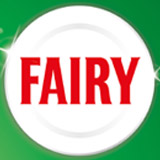
Fairy is an international brand, primarily used for washing up liquid and dishwasher detergent, owned by the American multinational consumer products company, Procter & Gamble. The brand originated in the United Kingdom in 1898 and is now used on a number of P&G products in various markets.
Gold dust is fine particles of gold.
Nirma is a group of companies based in the Indian city of Ahmedabad, that manufactures products ranging from detergents, soaps, cement, cosmetics, salt, soda ash, LAB and injectables. Karsanbhai Patel, an entrepreneur and philanthropist, started Nirma in 1969 as a one-man operation.

LUX is a global brand developed by Unilever.
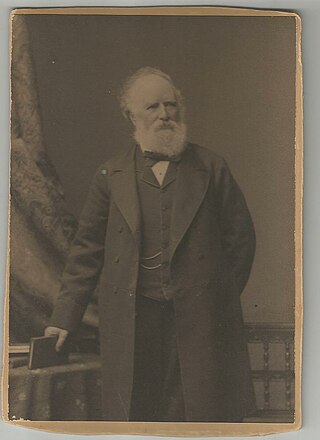
Robert Spear Hudson was an English businessman who popularised dry soap powder. His company was very successful thanks to both an increasing demand for soap and his unprecedented levels of advertising. After his death, the company was taken over by his son, and was later purchased by Lever Brothers.
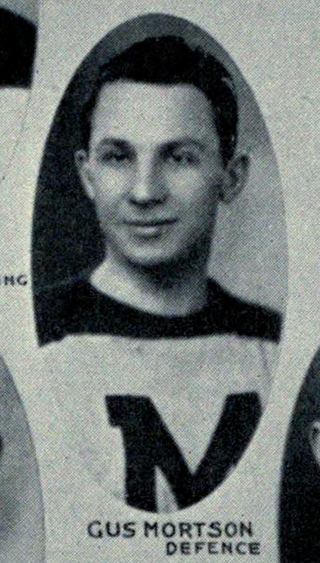
James Angus Gerald "Old Hardrock" Mortson was a Canadian ice hockey defenceman in the National Hockey League (NHL). He played for the Toronto Maple Leafs, Chicago Black Hawks, and Detroit Red Wings, winning four Stanley Cups with Toronto. He also played in eight NHL All Star Games.
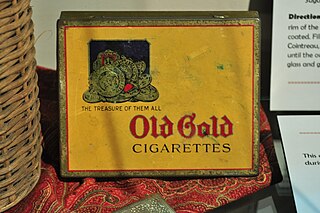
Old Gold is an American brand of cigarette owned and manufactured by the R. J. Reynolds Tobacco Company.

"Goin' Back" is a song written by Gerry Goffin and Carole King in 1966. It describes the loss of innocence that comes with adulthood, along with an attempt, on the part of the singer, to recapture that youthful innocence.
James F. Boyce was an American chemist who worked for the N.K. Fairbank Company of Chicago, a manufacturer of lard, cooking oils, soaps, and detergents. He helped create new washing products such as Gold Dust washing powder. Boyce pioneered techniques that are now used in the isolation and removal of consumable hydrogenated vegetable oils from plants. Later in life, he ran the Chicago Glass Novelty Company.

Fairbank's Gold Dust washing products was a line of all-purpose cleaning agents researched and developed by the N. K. Fairbank Manufacturing Company. First introduced to the American consumer in 1889, Gold Dust Washing Powder became a success due in large part to its low selling price and bright, eye-catching packaging. The most easily recognized members of the soap line were Gold Dust Washing Powder and Gold Dust Scouring Soap. They were marketed in boxes and containers prominently featuring the brand's well known trademark, the Gold Dust Twins. "Let the Twins Do Your Work" was the product's long lasting and ubiquitous slogan.
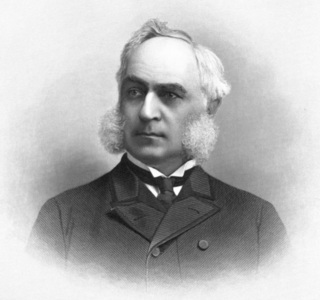
Nathaniel Kellogg "N.K." Fairbank (1829–1903) was a Chicago industrialist whose company, the N.K. Fairbank Co., manufactured soap as well as animal and baking products in conjunction with the major meat packing houses of northern Illinois. The company had factories in Chicago, St. Louis, Montreal and Louisiana and had international offices in the United Kingdom and Germany. Gold Dust Washing Powder, was one of the most successful cleansing product lines in twentieth century North America. Another original Fairbank creation, Fairy Soap, was purchased by Procter & Gamble and remains one of the best-known European household brands.

The 74A4 and KWS-1 is an amateur radio receiver and transmitter pair made by the Collins Radio Company of Cedar Rapids, Iowa that were introduced in 1955. They were designed to operate using the then new single-sideband (SSB) voice modulation as well as CW and AM modes. They were influential in popularizing SSB.

Nesquik is a brand of food products made by Swiss company Nestlé. In 1948, Nestlé launched a drink mix for chocolate-flavored milk called Nestlé Quik in the United States; this was released in Europe during the 1950s as Nesquik.
Admags or ad mags were an early alternative to the commercial break in the 1950s and 1960s, broadcast on the then-new commercial network ITV in the United Kingdom. Beginning as a result of the Television Act 1954, and designed mainly to provide advertising space for smaller companies who couldn't afford slots during regular ad breaks, admags became popular in their own right. Each had a loose story format, much like a soap opera, with each episode featuring a collection of commercially available products.

The Gold Dust Twins radio hour was on the air in 1921. Broadcast and syndicated nationally, the program starred Harvey Hindemeyer as "Goldie", and Earle Tuckerman as "Dusty." It was one of the earliest examples of media–product tie-ins
















